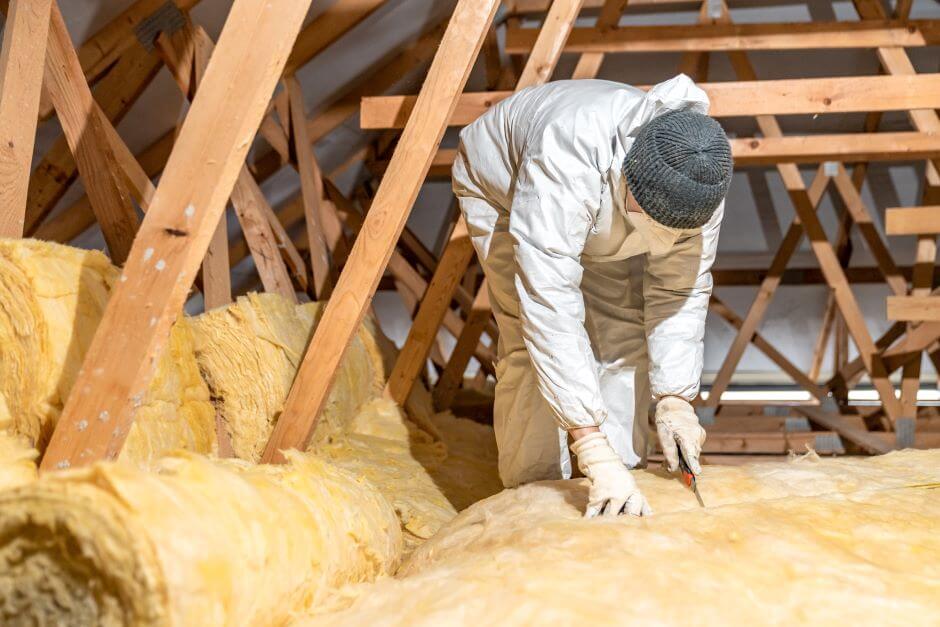
Few people realize how good an insulated roof can be. Installing an insulated roofing system – or the reflective, the green, or the cool one – can make your home even more comfortable, warm, and cozy in winter and fresh in summer.
That gets your house's energy consumption more efficient and increases the roof's lifespan.
Also, if you want to cut your energy costs starting with your roof, insulated roofs are ideal. Continue reading to know more details about their types, materials, and other solutions to upgrade your home!
Insulated Roof Solutions
There are several types of roof for house insulation solutions available. Take a look at the common ones below.
- Roof insulation – insulation material, such as fiberglass batts, blown-in cellulose, or spray foam, is added to the underside of the roof to prevent heat from escaping in the winter and entering during the summer.
- Reflective roofing – to reflect sunlight and heat away, instead of absorbing it, materials like metal, tiles, or shingles covered with reflective paint can be installed.
- Green roofing – you can add a layer of vegetation over the roof, which helps to insulate it, and reduce heat absorption. A flat roof insulation option that will also work well on sloped roofs.
- Cool roofing – add materials designed to reflect more sunlight and absorb less heat than traditional roofing materials. There are options in tiles, shingles, and metal roofing, made with reflective coatings or pigments.
Every insulated roofing solution is an effective way to create a more comfortable home by reducing the heat.
What are the Benefits of Insulated Roofing Solutions?
Overall, insulated roofing solutions help create a more comfortable home by balancing the temperature, reducing energy costs, improving indoor air quality, and increasing the roofing system lifespan.
Just choose an appropriate solution for your city's climate, your budget, and the building type you live in. Also, consider consulting with a roofing professional to determine the best one for your home.
How to Insulate a Roof?
Here are some steps to follow if you want to insulate a roof!
- Measure the area of your roof to determine how much insulation roof material types you'll need. Remember to measure the length and width of your roof, and then multiply those numbers to get the square footage.
- Choose the type of insulation you want to use. Each type has its own advantages and disadvantages, so ponder your options and choose the one that works best for your case.
- Prepare the attic. Make sure the attic is ventilated and free of debris or moisture. Install vents to allow for proper air circulation if needed, and check for leaks or damage to the roof.
- Install the insulation. You may need to install it in layers or use special equipment. Fiberglass batts are usually installed by laying them between the joists. Blown-in cellulose and spray foam require special equipment to distribute the material evenly.
- Seal air leaks. Make sure you seal any gaps or holes in the roof to prevent air from escaping or entering. You can use caulk or spray foam insulation to seal around windows, doors, vents, and insulated roof panels.
By following these steps, you can even improve the energy efficiency inside your house.
How to Insulate a Metal Roof?
Wondering how to insulate a metal roof from the inside or the outside? The process is the same as any other insulated roof solution. In both metal roof insulation cases, you have to measure the area, prepare the attic, install the insulation, and seal air leaks.
The same goes for people who want to know how to insulate an attic roof rafter or even how to insulate a garage roof. The key actions are measure, choose, prepare, install, and seal. Okay?
Consider hiring a professional if you're not sure about the process or have a complex roof design. It may be best to call our specialized contractors to do the job for you!
 Let a roofer give you an estimate on your project
Let a roofer give you an estimate on your project

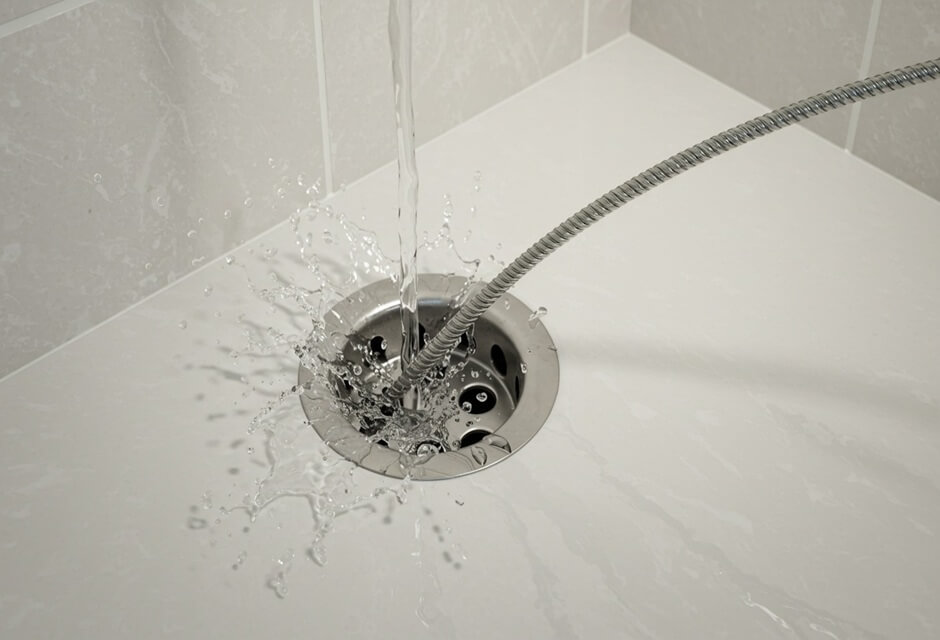
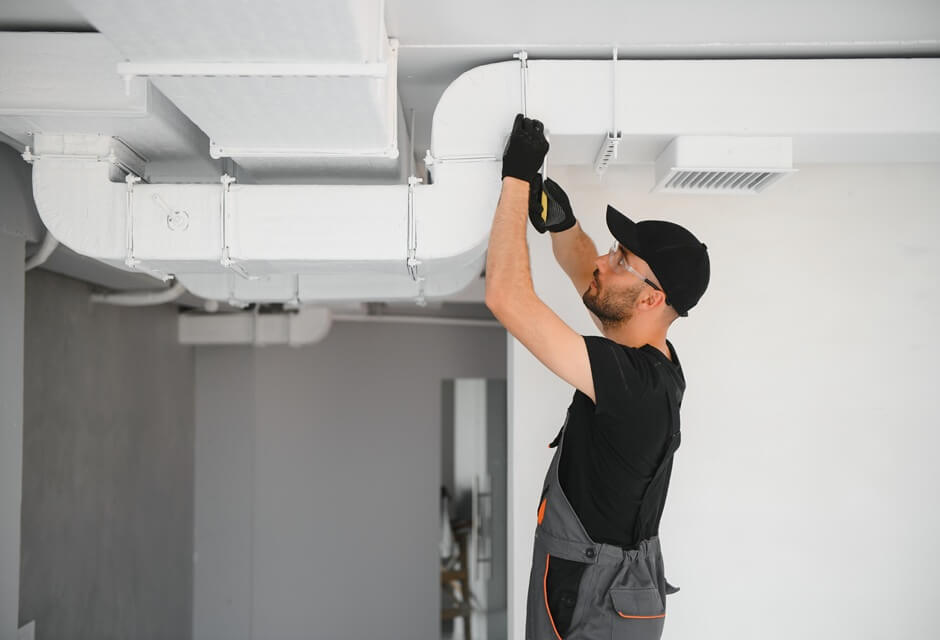
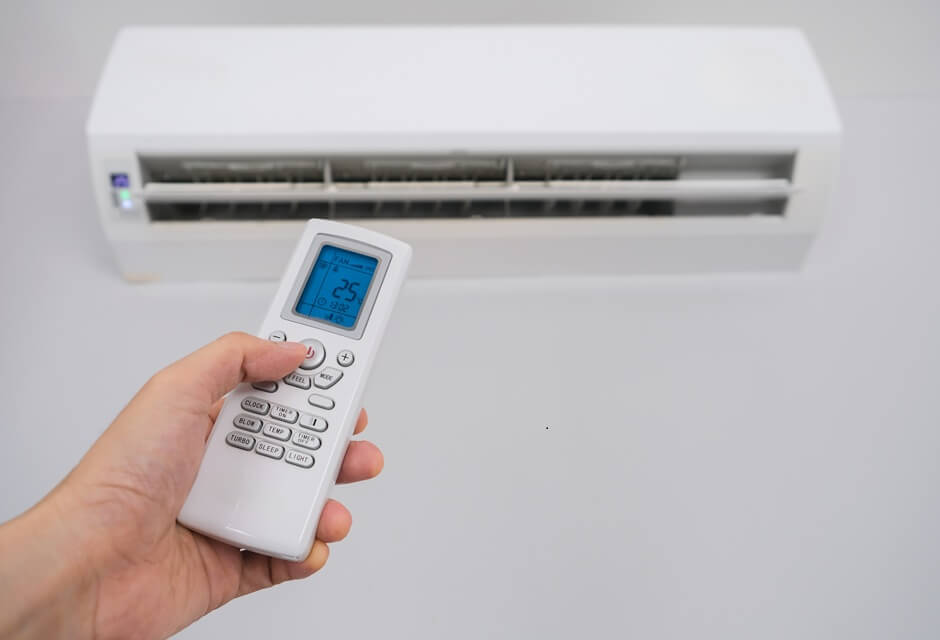
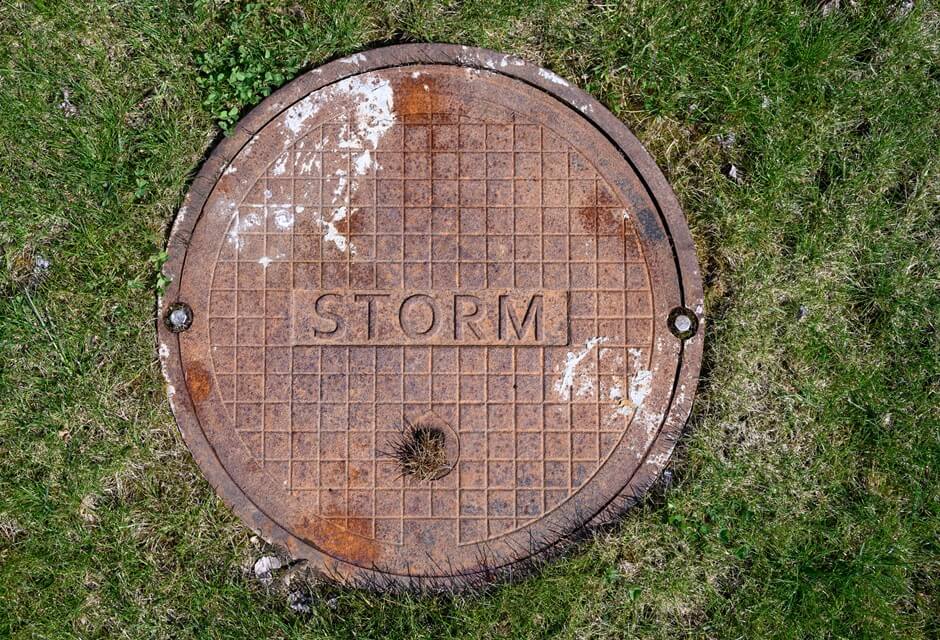
 Member of the
Member of the